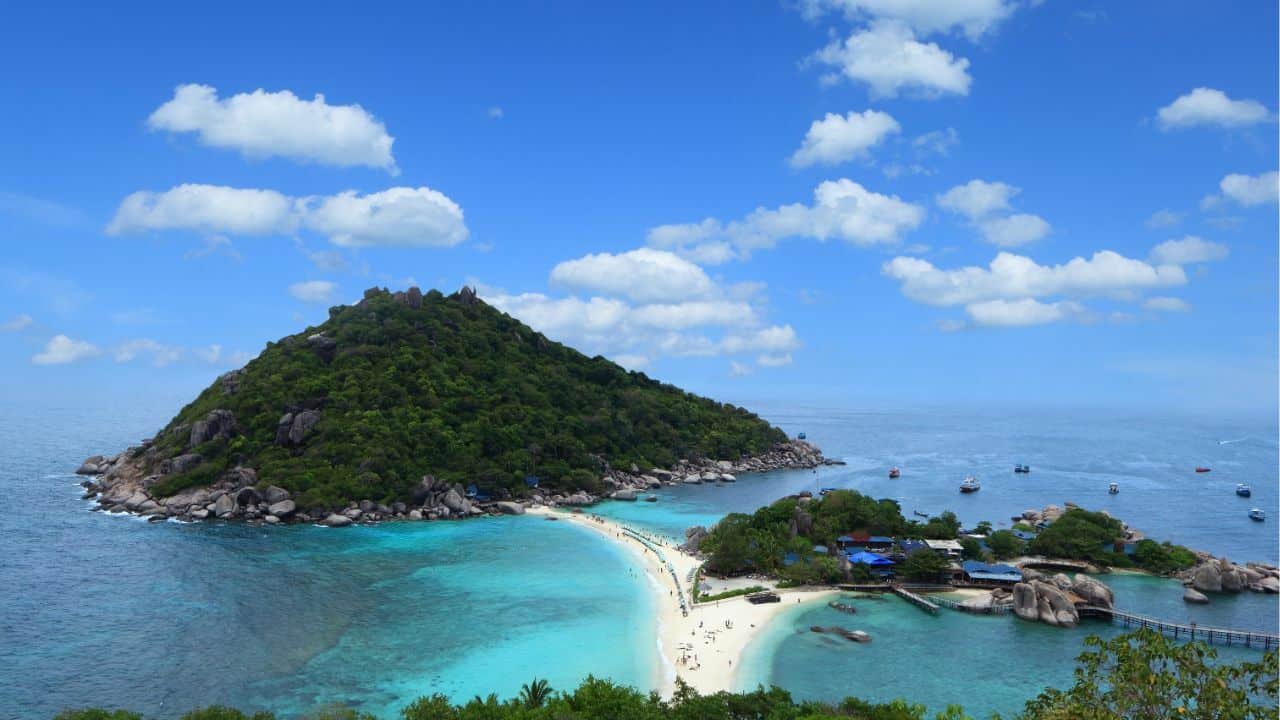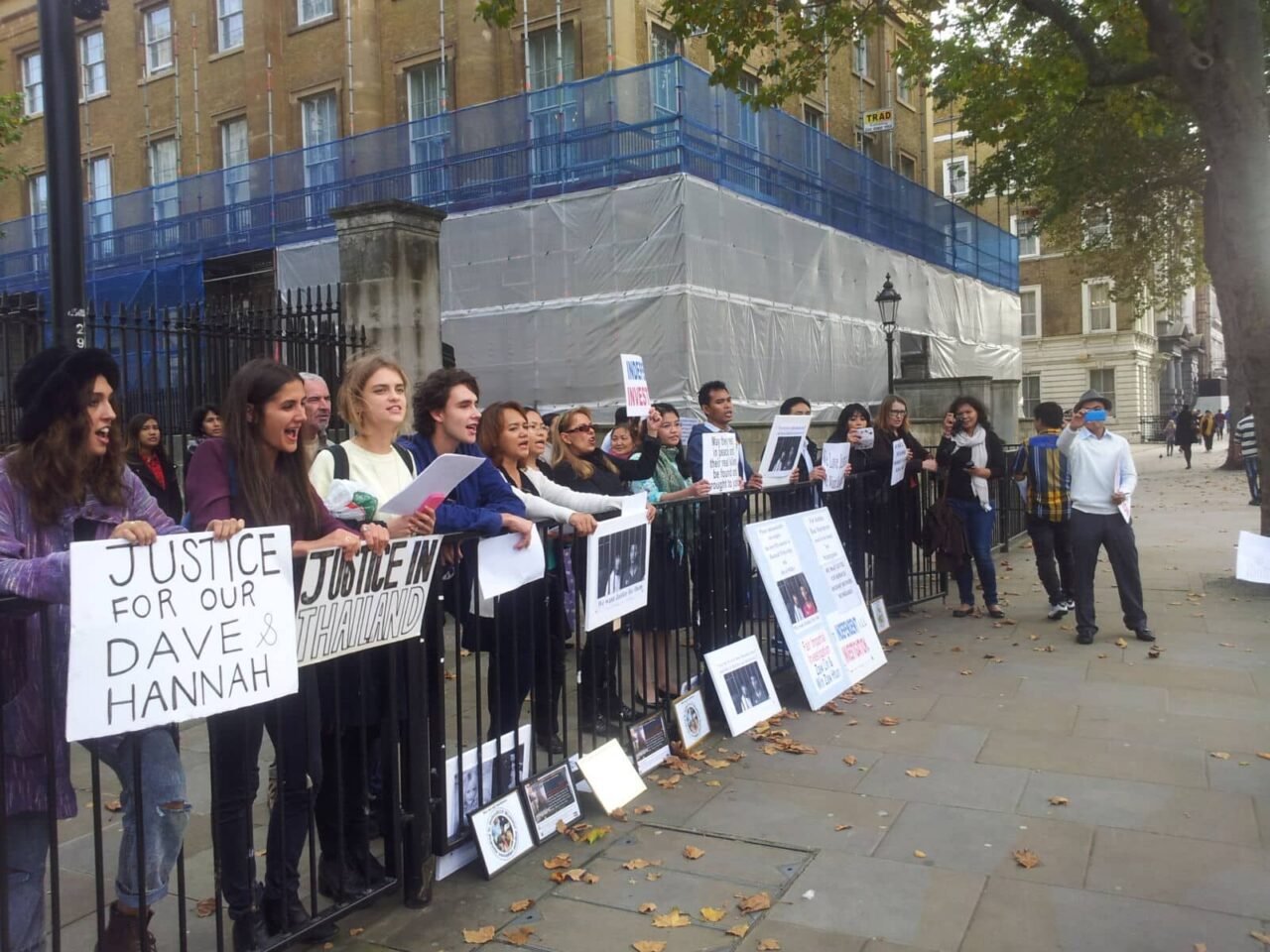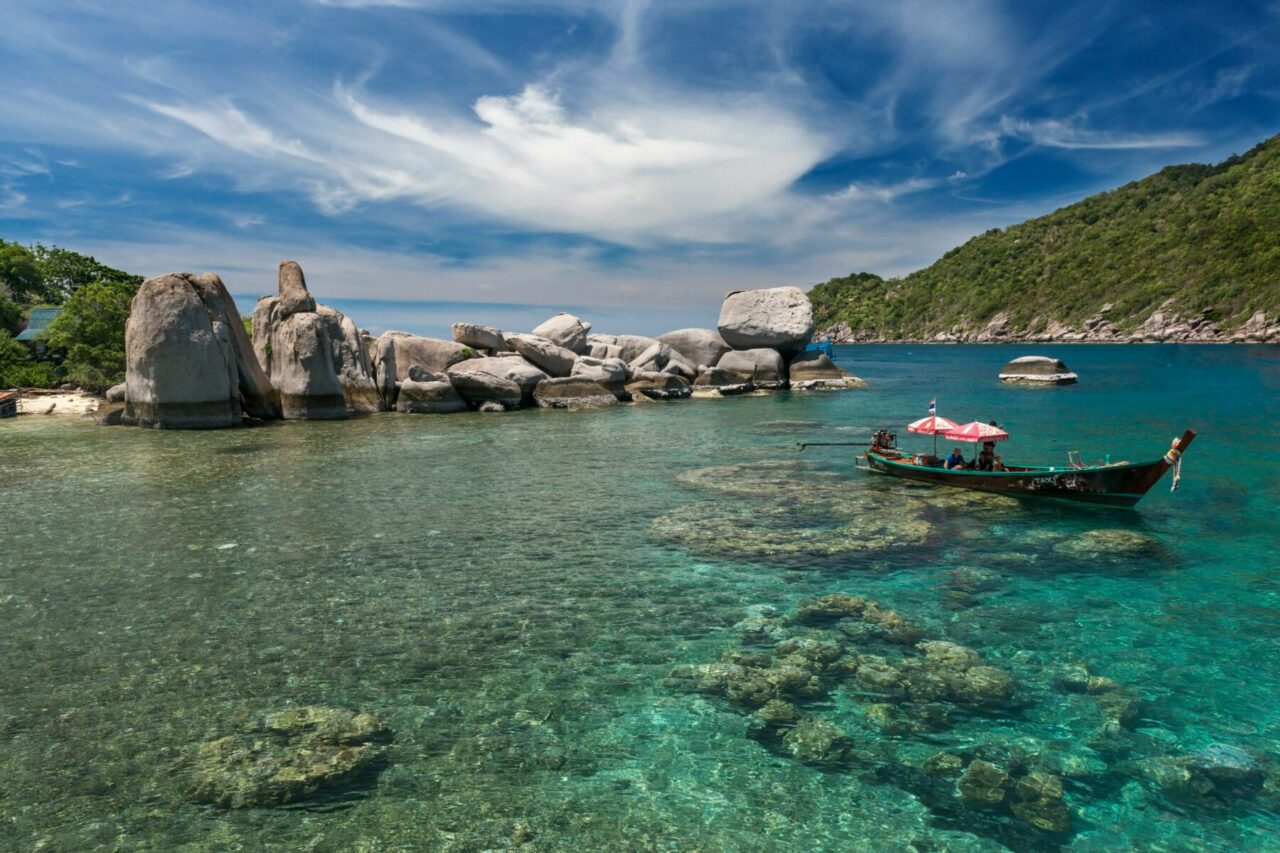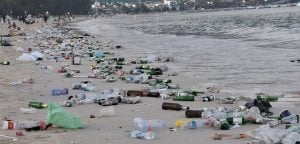Koh Tao: Between fact and fear, paradise, tragedy, and the search for clarity
The power of the press and the blurred lines between truth and theory

It’s been a little more than a decade since the island of Koh Tao was thrust into the global spotlight. On September 15, 2014, the murder of two British backpackers shocked Thailand and sparked a wave of headlines, speculation, and international scrutiny.
In the years since, this small island in the Gulf of Thailand, renowned for its diving, beauty, and laid-back charm, has struggled with a reputation that refuses to fade. With the ten-year mark having quietly passed, it’s a moment to reflect and to ask what still lingers beneath the surface.
View this post on Instagram
On this page
| Jump to Section | Description |
|---|---|
| The catalyst: The 2014 murders | The tragic events of 2014 and how they changed Koh Tao’s international reputation, including the controversy around the murder trial. |
| The pattern or the perception of one | The ongoing debate about the pattern of deaths on Koh Tao and the “Death Island” nickname. |
| The power of the press and the blurred lines between truth and theory | The role of media, rumours, and social media in shaping Koh Tao’s narrative, and how they often blur the line between fact and speculation. |
| Is it safe to visit? | The current situation on Koh Tao, including safety, crime rates, and the island’s status as a top tourist destination. |
The catalyst: The 2014 murders
The bodies of British tourists Hannah Witheridge and David Miller were found on Sairee Beach, Koh Tao, on the morning of September 15, 2014. The brutal nature of the crime drew global attention. Two Burmese migrant workers, Zaw Lin and Wai Phyo, were arrested, charged with rape and murder, and initially sentenced to death.

The trial, however, sparked widespread controversy. Human rights organisations—including Amnesty International—raised concerns over coerced confessions, lack of early legal counsel, and questionable forensic practices.
In 2019, Thailand’s Supreme Court upheld the convictions. A year later, in 2020, the men’s death sentences were commuted to life imprisonment by royal clemency.
The pattern or the perception of one
In the years that followed, several other deaths involving foreign tourists were reported on Koh Tao. These included Christina Annesley (2015), Dmitri Povse (2015), Luke Miller (2016), and Elise Dallemagne (2017). Most were officially ruled as accidents, suicides, or from natural causes.
While no official pattern was established, the cluster of incidents and the perception of a lack of answers were enough to cement the island’s troubling nickname: “Death Island.”
The phrase “Death Island” gained traction in foreign media after 2014, but it remains highly controversial.
In 2016, Thai officials sued a local English-language publication for repeatedly using the term, calling it defamatory and damaging to the country’s image.
The police perspective
In 2017, the Royal Thai Police held a press conference to address the international scrutiny. Officials stated that all the reported deaths had been investigated and found to have reasonable explanations, such as drowning, overdose, illness, or suicide.
A police spokesperson told the Bangkok Post…
“There is no conspiracy or cover-up on Koh Tao.
“Every death has a cause that has been investigated.”
They also emphasised that the number of incidents was proportionate to the island’s high volume of tourists, and that the media’s portrayal was damaging and often misleading.
The power of the press and the blurred lines between truth and theory
Despite those clarifications, the island’s reputation has remained in question. International tabloid headlines such as “The Victims of Death Island” continue to circulate widely, and social media is filled with speculative theories and warnings.

More reputable outlets have also covered the concerns. The Independent noted in 2017, “While rumours abound, hard facts are hard to come by.” Meanwhile, The New York Times detailed in 2018 the frustration of families seeking answers.
Beyond traditional media, social platforms have become echo chambers for speculation. YouTube creators, online forums, and self-styled investigators have constructed elaborate narratives around the idea of cover-ups or sinister forces, often without providing evidence.
While some of these voices reflect genuine concern, many contribute to a culture of conspiracy, where the line between truth and theory becomes blurred.
Whether accurate or exaggerated, the narrative continues to shape how the world sees Koh Tao.
The reality on the ground
For the people who call Koh Tao home, the headlines often feel like a distortion. The island remains a thriving destination for diving, eco-tourism, and backpacker culture. Most visitors experience nothing but the usual island charm: scooters, smoothies, sunsets, and sea.
One local dive school, Nitro Koh Tao, addressed the issue directly in a blog post:
“Yes, in recent years there have been tragic cases… But it is unfair to reduce the essence of Koh Tao to a series of isolated cases. For every story of tragedy and fear, there are thousands of stories of beauty, peace, and transformation that go untold.”
Is it safe to visit?
Today, Koh Tao is still one of Thailand’s top diving destinations. While no location is without risk, particularly remote ones with ocean currents, motorbikes, and jungle terrain, violent crime on the island remains statistically rare.

No active travel advisories are warning against visits to Koh Tao, and Thai authorities continue to promote the island as a safe destination.
For most visitors, the island is exactly what it seems: tropical, relaxed, and unforgettable.
Between fact and fear
Koh Tao is a place of contradiction: a diving paradise for some and a peaceful island for others, carrying a reputation it may never fully shed.
The tragedies are real. So is the grief. But so too is the danger of turning uncertainty into certainty, and fear into a fixed identity.
What happened to those who died is not always clear. And what’s said about the island may never be universally agreed upon.
But somewhere between fact and fear lies the uncomfortable truth that some questions may remain unanswered.
Latest Thailand News
Follow The Thaiger on Google News:


























